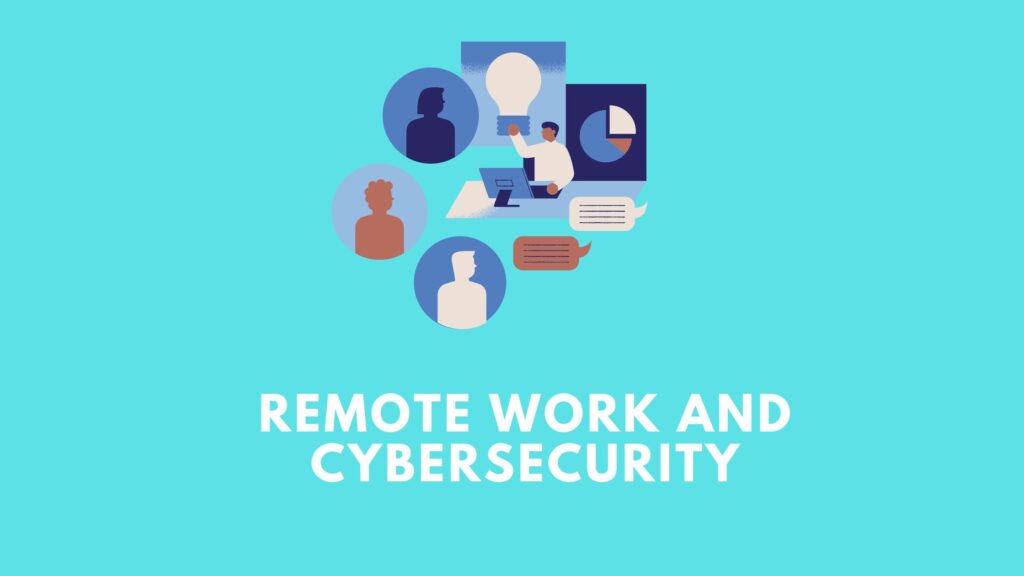The rise of remote work has transformed the way small businesses operate, offering flexibility and cost savings. However, it also presents new cybersecurity challenges. In this guide, we will discuss essential strategies to protect your small business from cyber threats in a remote work environment.
Did you know? According to a study by IBM, remote work increased the average cost of a data breach by $137,000, highlighting the importance of robust cybersecurity measures in a remote work environment.
Why is cybersecurity crucial for remote work?
Cybersecurity is vital for remote work for several reasons:
- Increased attack surface: Remote work expands the potential for cyber threats, as employees work on different networks and devices, often without proper security measures in place.
- Data protection: Sensitive business data can be more vulnerable when transmitted and stored on personal devices or public networks.
- Employee awareness: Remote employees may be more prone to falling for phishing scams or engaging in risky online behavior, posing a risk to your business.
How to safeguard your small business in a remote work environment
Secure remote access: Implement Virtual Private Networks (VPNs) to encrypt data transmitted between remote employees and your company network. Ensure employees use strong, unique passwords and multi-factor authentication (MFA) when accessing company resources.
Endpoint security: Require employees to use antivirus software and keep their devices updated with the latest security patches. Regularly scan devices for malware and monitor for suspicious activity.
Employee training: Educate your staff on cybersecurity best practices, including recognizing phishing attempts, using strong passwords, and reporting suspicious activity. Provide ongoing training and resources to keep employees informed and vigilant.
Secure communication: Encourage the use of encrypted messaging and email platforms to protect sensitive information. Implement email security measures such as spam filters and email authentication protocols.
Data backup and recovery: Regularly back up critical business data to protect against data loss. Develop a disaster recovery plan to ensure business continuity in the event of a cyberattack or data breach.
Cloud security: Utilize secure cloud services for data storage and collaboration. Implement access controls and encryption to protect sensitive data.
Monitor and respond: Monitor your network for potential threats and have an incident response plan in place to address security breaches. Regularly review and update your cybersecurity policies and practices.
Implementing Strong Access Controls: Limit access to sensitive data and resources to authorized employees only. Utilize role-based access controls and require regular password changes to minimize the risk of unauthorized access.
Creating a Comprehensive Remote Work Policy: Develop a clear remote work policy that outlines expectations, responsibilities, and security measures for employees. Regularly review and update the policy to address emerging threats and changing business needs.
Collaborating Securely: Use secure collaboration tools and platforms for remote teams to work together. Ensure sensitive data is protected during meetings and file-sharing by utilizing encryption and access controls.
Conclusion
Safeguarding your small business from cyber threats in a remote work environment is essential to ensure business continuity and protect sensitive data. By implementing these strategies, you can foster a secure remote work culture and minimize the risk of cyberattacks. Share this guide with fellow small business owners to help raise awareness of the importance of cybersecurity in a remote world.
